The Creature From Jekyll Island
The New Jersey railway station was bitterly cold that night. Flurries of the year’s first snow swirled around street lights. November wind rattled roof panels above the track shed and gave a long, mournful sound among the rafters…
At a gate seldom used at this hour of the night was a spectacular sight. Nudged against the end-rail bumper was a long car that caused those few who saw it to stop and stare.
Its gleaming black paint was accented with polished brass hand rails, knobs, frames, and filigrees. The shades were drawn, but through the open door, one could see mahogany paneling, velvet drapes, plush 4 armchairs, and a well stocked bar. Porters with white serving coats were busying themselves with routine chores…
[An] elite group of financiers was embarked on a thousand-mile journey that led them to Atlanta, then to Savannah and, finally, to… the Sea Islands that sheltered the coast from South Carolina to Florida…
One such island… had recently been purchased by J.P. Morgan and several of his business associates, and it was here that they came in the fall and winter to hunt ducks or deer and to escape the rigors of cold weather in the North. It was called Jekyll Island…
The purpose of this meeting on Jekyll Island was not to hunt ducks. Simply stated, it was to come to an agreement on the structure and operation of a banking cartel. The goal of the cartel, as is true with all of them, was to maximize profits by minimizing competition between members, to make it difficult for new competitors to enter the field, and to utilize the police power of government to enforce the cartel agreement. In more specific terms, the purpose and, indeed, the actual outcome of this meeting was to create the blueprint for the Federal Reserve System.
These verses open The Creature From Jekyll Island, a literary work published originally in the year 1994. Investigative journalist G. Edward Griffin was its author.
The Creature From Jekyll Island
To this day your editor retains a copy of The Creature From Jekyll Island, years ago purchased.
He opens it when in need of light upon some mystery of the Federal Reserve. This occurs with certain regularity.
It is a dog-eared copy. It is a disheveled, dishonoring and disintegrating copy. It is — in brief — a disgrace.
Yet we cherish it. We cherish it because it penetrates the veiled and enshrouded origins of the Federal Reserve System under which we presently languish.

The Creature Is Hatched
The Daily Reckoning presently descends upon Jekyll Island, a barrier island jumping distance from Georgia’s southeast coastline.
It is the very site where a gang of grandees hatched the Federal Reserve itself in the late autumn of 1910… some 113 years distant.
These financial men included, as Mr. Griffin notes:
Nelson W. Aldrich, Republican “whip” in the Senate, Chairman of the National Monetary Commission, business associate of J.P. Morgan, father-in-law to John D. Rockefeller, Jr….
Abraham Piatt Andrew, Assistant Secretary of the United States Treasury…
Frank A. Vanderlip, president of the National City Bank of New York, the most powerful of the banks at that time, representing William Rockefeller and the international investment banking house of Kuhn, Loeb & Company…
Henry P. Davison, senior partner of the J.P. Morgan Company…
Charles D. Norton, president of J.P. Morgan’s First National Bank of New York…
Benjamin Strong, head of J.P. Morgan’s Bankers Trust Company…
Paul M. Warburg, a partner in Kuhn, Loeb & Company, a representative of the Rothschild banking dynasty in England and France, and brother to Max Warburg who was head of the Warburg banking consortium in Germany and the Netherlands.
A Place Out of Time
The resort itself is a splendid affair, executed in the grand manner.
It suggests an era long extinct and extinguished. It suggests an era as removed from the present day as civility and decorum are removed from the present day.
In brief, it suggests an era of a higher elegance, of a greater gentility.
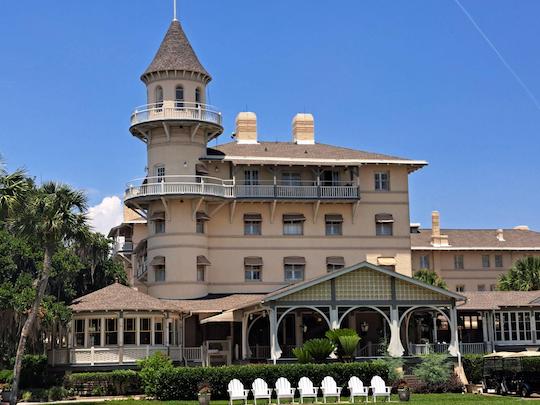
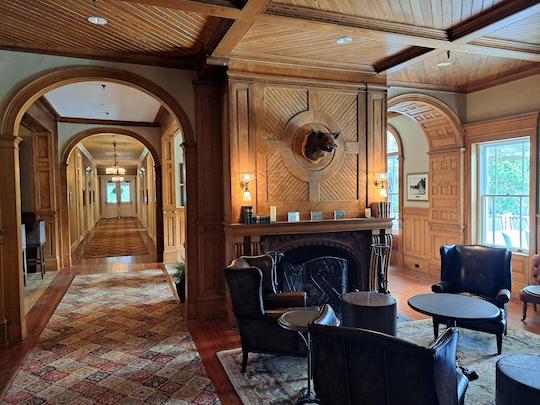
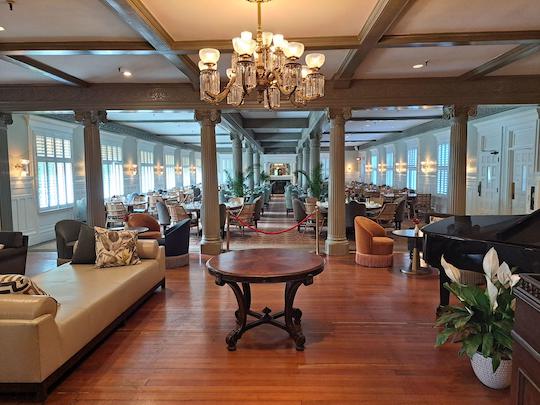
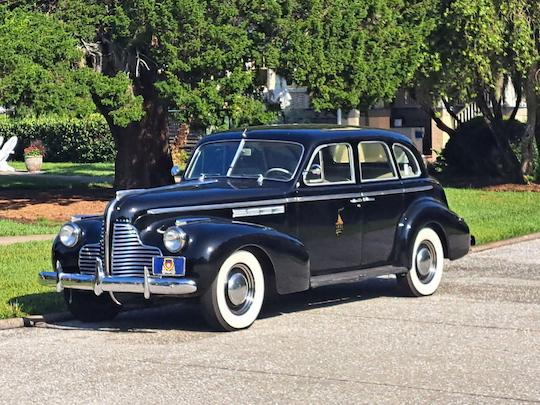
Kardashian’s America — or Gatsby’s America?
In the outdoor spaces enveloping the central clubhouse, murmerings of antique band music from the 1920s come drifting in.
They are piped in by audio speakers inconspicuously situated. Here they mingle with easy winds teased in from the Atlantic Ocean.
The scene soothes and warms a man. It mellows him.
Is this Kardashian’s America — or Gatsby’s America?
A fellow may be forgiven for believing he has detoured into Gatsby’s America… however fleetingly, however briefly.
He is momentarily wobbled.
In this setting the spectacle of visitors lolling about in flip-flopped shoewear and backwards-facing baseball caps seems strangely… inappropriate.
Yet the spectacle is on rich display.
Imagine a mudder in a stallion’s stable. Imagine a jaybird in an eagle’s nest. Imagine a president of the United States on a throne.
Now you have something of the flavor of it. It is out of step.
But let it pass. Let us return to the central purpose of our visit…
Conceived in Secrecy
We have established camp upon Jekyll Island, Georgia to direct a spotlight upon the Federal Reserve itself — its secret origins in particular.
Do we stretch the facts by labeling the Federal Reserve’s origins “secret?”
We do not believe we do, no.
We have it on the highest authority — the abovesaid Frank A. Vanderlip’s, president of the National City Bank of New York — that the Federal Reserve was in fact conceived in secrecy.
Conceded this fellow in 1935:
Despite my views about the value to society of greater publicity for the affairs of corporations, there was an occasion, near the close of 1910, when I was as secretive — indeed, as furtive — as any conspirator…. I do not feel it is any exaggeration to speak of our secret expedition to Jekyll Island as the occasion of the actual conception of what eventually became the Federal Reserve System…
We were told to leave our last names behind us. We were told, further, that we should avoid dining together on the night of our departure. We were instructed to come one at a time and as unobtrusively as possible to the railroad terminal on the New Jersey littoral of the Hudson, where Senator Aldrich’s private car would be in readiness, attached to the rear end of a train for the South…
Once aboard the private car we began to observe the taboo that had been fixed on last names. We addressed one another as “Ben,” “Paul,” “Nelson,” “Abe” — it is Abraham Piatt Andrew. Davison and I adopted even deeper disguises, abandoning our first names.
On the theory that we were always right, he became Wilbur and I became Orville, after those two aviation pioneers, the Wright brothers…. The servants and train crew may have known the identities of one or two of us, but they did not know all, and it was the names of all printed together that would have made our mysterious journey significant in Washington, in Wall Street, even in London. Discovery, we knew, simply must not happen, or else all our time and effort would be wasted.
If it were to be exposed publicly that our particular group had got together and written a banking bill, that bill would have no chance whatever of passage by Congress.
Why not? What — precisely — were they concealing up their shirtsleeves?
More tomorrow…
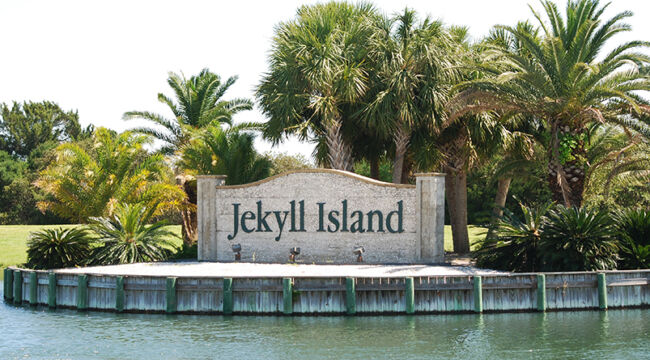


Comments: